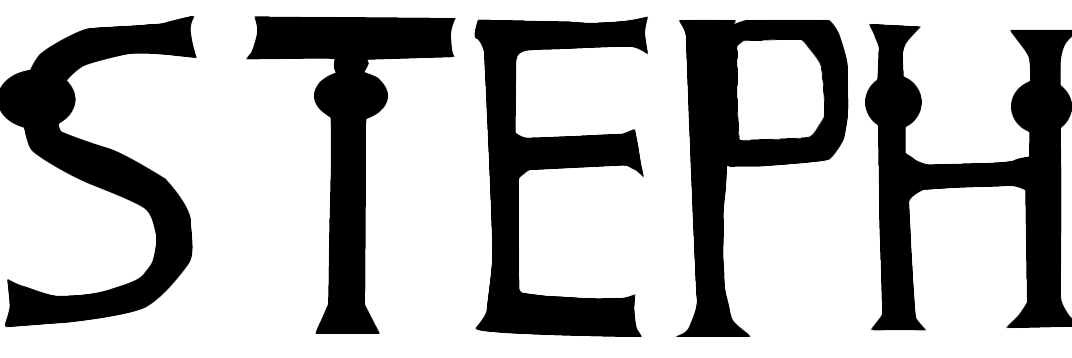In this blog I am going to cover the research overview of the entirety for my project. I am going to be writing what project I am going to be doing, why I choose to do said project then consider important elements such as the target audience, ethics, concepts, storyboards & project management. This is done to ensure my project has been well thought out as I can have a clearer scope as to what I want to create as a final project.
1 – Research overview – Introduction
After experimenting with various kinds of emerging technology such as virtual reality (VR) , augmented reality (AR) and Web frame VR I have decided to go with augmented reality as AR is diverse, impactful and extremely versatile. This decision is based on AR’s exceptional versatility and its impact across multiple domains, including retail, healthcare, education & gaming. The ability for AR to interact with the real world & digital assets seamlessly presents opportunities to create an interactive & immersive experience that would enhance user engagement with the use of its enhanced perception, creating a lens to additional understanding of our surroundings. Furthermore, as augmented reality is still developing I can gain valuable skills and knowledge by using this edge-cutting piece of technology that will be still highly relevant in graphic design and as it is versatile it can allow me to open up many doors career wise as AR can be used almost anywhere.
What am I going to be doing?
For my project I want to showcase that I am capable of using augmented reality in an effective way. I have made the decision to dedicate my AR to access & enhance local nature & wildlife which would be a good way to educate viewers to be aware by visualising what the human impact does to the environment. My project aims to create an augmented reality experience that allows users to interact with virtual representations of UK wildlife with factual information about their species and the challenges they are facing in their ecosystems. By using augmented reality for this theme I am able to highlight our local ecosystems in a fun way and offers a new way to appreciate the natural world.
Why am I choosing this project topic?
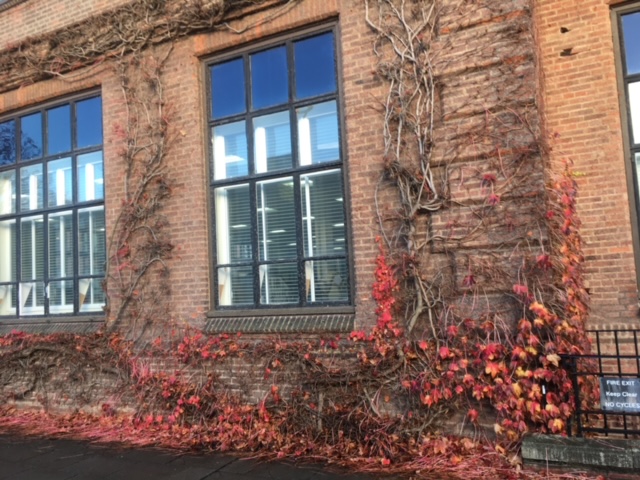
Image 1 – The building has vines that wrap itself around the walls, 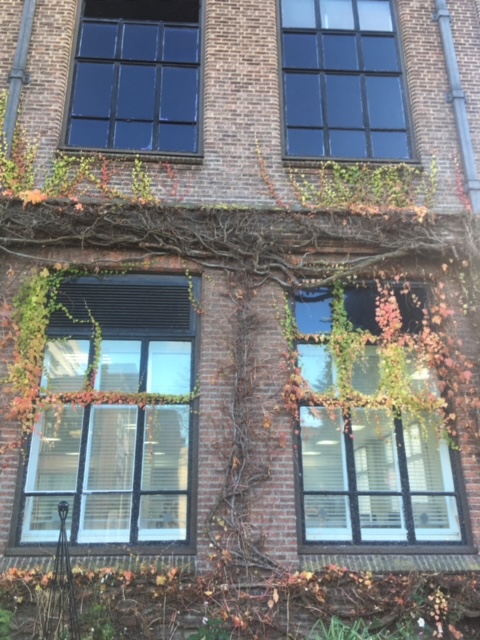
Image 2 – I was intrigued by how the leaves had a colourful gradient. 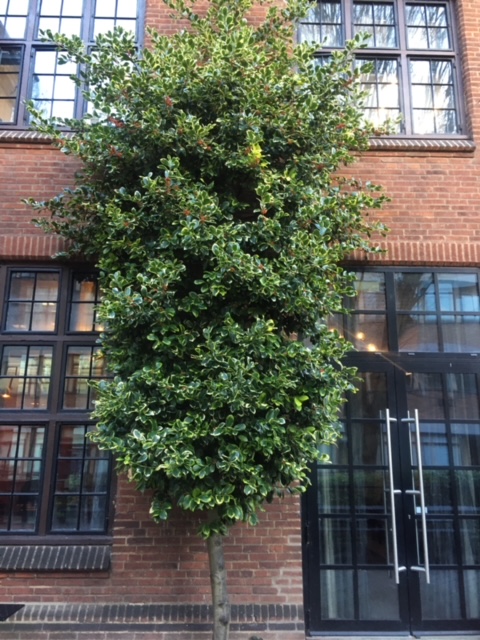
Image 3 – I liked how the tree contrasts with the lush green colour with the brown/beige walls. 
Image 4 – A close up of the leaves 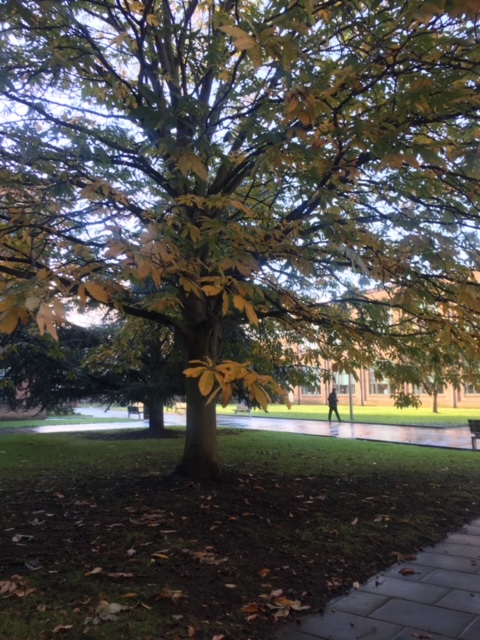
Image 5 – A tree at the centre of the campus
Initially, my teacher thought of using AR graffiti for the topic for my project which allows to blend urban spaces & augmented reality together. Although this suggestion had potential however I chose to do wildlife for my AR theme as I found it very challenging to think of a concept for an AR graffiti project, despite doing research on the topic I still struggled with finding a concept that felt compelling. I chose to use wildlife for my concept theme as it is something I had more passion of, which made me more motivated to create a project I can help bring awareness to people in a fun & educational way. By choosing local wildlife & ecosystems as my project I am able to think of more concepts & ideas as there are more available resources I can choose from which has presented a more clearer & manageable scope. What made me think of nature & wildlife as a subject was when I was thinking for another concept for a final piece I took a walk around the campus for ideas with a friend, I then took inspiration from the nature around the campus especially as it was Autumn with the vibrant colour of the leaves with the canvas of reds, yellow & greens. I also saw small birds & animals in their habitats which has brought me to the conclusion of creating a theme of local nature & wildlife.
Ethical considerations
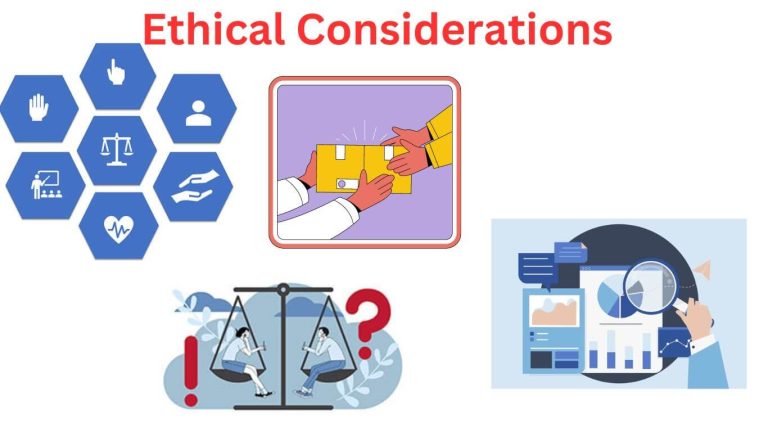
Ethical considerations is where principles & guidelines must be follow by researchers must follow to make sure their studies are conducted in an ethical way. Some examples of ethical considerations informed consent from study participants, fairness & equity, accuracy & representation, inclusivity & accessibility & user safety. I will need to have ethical considerations in my project to make sure I get credibility & trust which will provide a positive impact on my project. Some examples of what I can do to make sure my project is ethical such as:
- Inclusivity & accessibility – My project will need to be easily accessible on any devices & needs to have accessibility elements such as sounds for hearing impairments or larger text to make the AR easier to interact with. To make sure my AR is inclusive I must make sure my content is appropriate for all age groups.
- Accuracy & representation – I will need to make sure my project is as faithful as possible to the research done to make sure there is no misinformation. I will need to make sure the facts/information needs to be as accurate as possible to the original sources. For example, the animals & nature used needs to look as accurate as possible to its species so it can be easily identified. I will need to make sure my research is sourced from websites from experts to verify my content.
- Respect for wildlife – My AR project will need to be in a positive light to bring awareness to people to appreciate the natural environment more, therefore I need to make sure my project doesn’t encourage users to disturb wildlife or habitats. Users will also need to be encouraged to respect nature whilst using the AR and to educate the users about the local ecosystems in an engaging way.
Audience of my project
Considering how my nature theme can be very diverse the topic the audience can vary to a wider audience. In particular, people who are nature enthusiasts, educators or students would most likely be interested in this AR experience as it can be a means to educate people about wildlife. Local communities and residents who wish to know more about nature would most likely be interested as they would like to enhance their visits when they are outdoors by identifying species when outside.
Project Plan
In this section of my blog I need to be aware of the milestones, goals & the timing to make sure my project is complete & successful, I will need to rely on a plan to show & encourage development for my research journey. It is important that I manage to plan my time management, what tools I will be using and breaking my project down into small tasks.
Trello
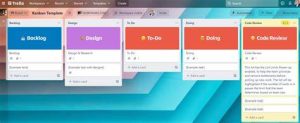
Image 7 – Is an example of correctly using Trello to organise a project, on this screenshot you can see that the interface is clean & easy to navigate. 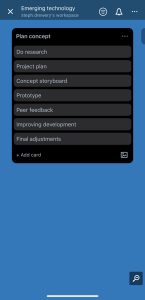
Image 8 – Shows my version of a basic project planning to do list
Trello is a visual tool that empowers you to manage any project, the app/website is customed to your preferences and uses a system of lists & boards to condense & manage your projects. Trello’s flexibility is useful as it can be used for a wide range of reasons, from managing basic tasks to helping you with group projects. I have used Trello to break down my tasks & to make it easier for me to visually organise my project. This type of project planning is important because I can easy identify any risks and challenges that could happen in my project by planning on what’s ahead and to make sure I can develop strategies to minimise these risks. I can also keep on tracking with the time I have been given and I can improve the quality control of my work by setting standards for success. I have used Trello using my phone as it an easier way to create & view my project plan. I have added the essential steps that would be needed to make my project successful such as adding a planning phase, research phase & a design phase step-by-step.
User stories
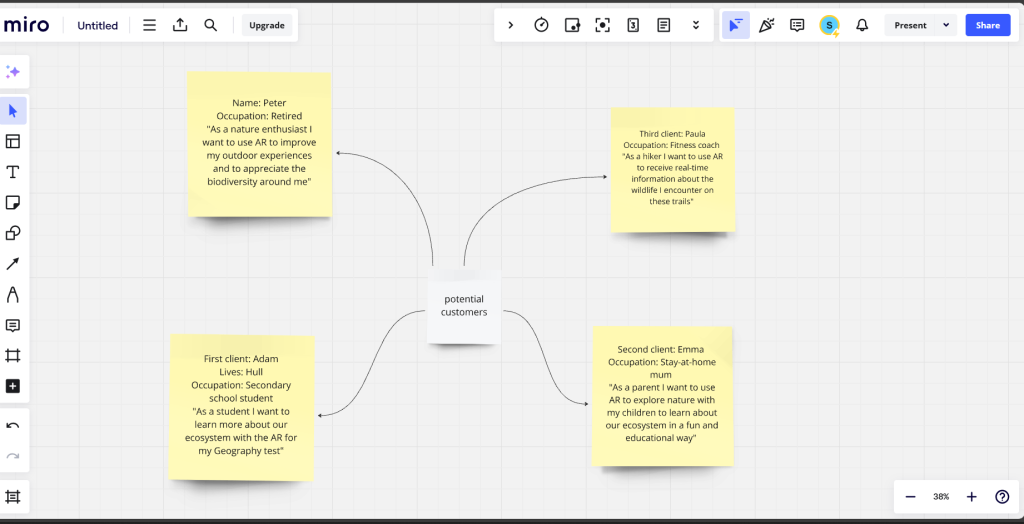
User stories are made to capture what a user wants in an app in a simple and concise way, they are written in the perspective of the user such as “As a student, I want to take online quizzes, so that I can test my knowledge”. It particularly consists of a persona designed to accomplish a specific goal within an app/product. When creating some user story examples I need to think of what type of people will use my augmented reality project, help focus on real & realistic people/scenarios, rather than abstract features. I also need to emphasise what are the goals the user wants to achieve & I need to make sure the user story is easy to understand & easy to follow along. I have created some user stories on Miro which will help me brainstorm the expectations the likely user will have. I tried putting myself in other peoples shoes and thought of scenarios of the different types of people that could potentially use my AR. I thought about people of different genders, ages, and occupations that would be more likely to resonate with the AR I am going to make.
How am I going to create my AR project?
In my augmented reality I am going to be utilising Adobe Aero, Open Brush & Illustrator to effectively create my project as these tools offer unique capabilities when combined together will help me create an emerging technological project piece to reflect my capabilities for my time using emerging technology during these past few weeks. Specifically, All tools I will be using are:
- VR headset – By using a VR headset provided to me I will be able to access tools such as Open brush or Gravity Sketch to create my own assets. I have considered using Sketchfab assets however I want my assets to be as original as possible. I will be using virtual reality to be hand-painting all my assets on Open brush, I will then export my assets onto augmented reality.
- iPad – An iPad will be required to access Adobe Aero, from here I can transport my VR assets from my computer then onto an iPad onto Aero to bring my assets to life, the tablet is an easy yet effective way to assemble my augmented reality scene as it is a touchscreen making it a drag-and-drop approach.
- Illustrator – I will be using Adobe Illustrator to create any assets that I cannot create on Open brush such as images or texts.
- Adobe Aero – Aero will be used to combine my VR paintings to AR and Illustrator, on this app I can build my scenes and place/position/time/scale/rotate any assets needed.
Concept storyboard
For the second half of the project I have to begin brainstorming a concept for a storyboard which I will be able to show a visualisation of my ideal outcomes I want to create a final piece with either virtual reality, augmented reality or with Maya. I need to find a concept I would be able to follow. I have created concept pieces I have designed to showcase what my ideal outcome would look like.
What is VR/AR storytelling?
VR storytelling has revolutionised the way narrations are created and experienced, unlike other storytelling medias such as books, films or images VR storytelling is able to place the audience within a three-dimensional atmosphere, making the experience immersive and more engaging. AR storytelling however is where you are able to blend the physical world & the digital world together which opens a door to more ways to storytelling, this method of storytelling includes elements such as sounds, animations or images. The difference between VR and AR is that virtual reality creates a whole new environment, keeping you disconnected from the real world and keeps you into an entirely new simulation world whereas augmented reality adds digital elements onto the real world, to improve everyday life.
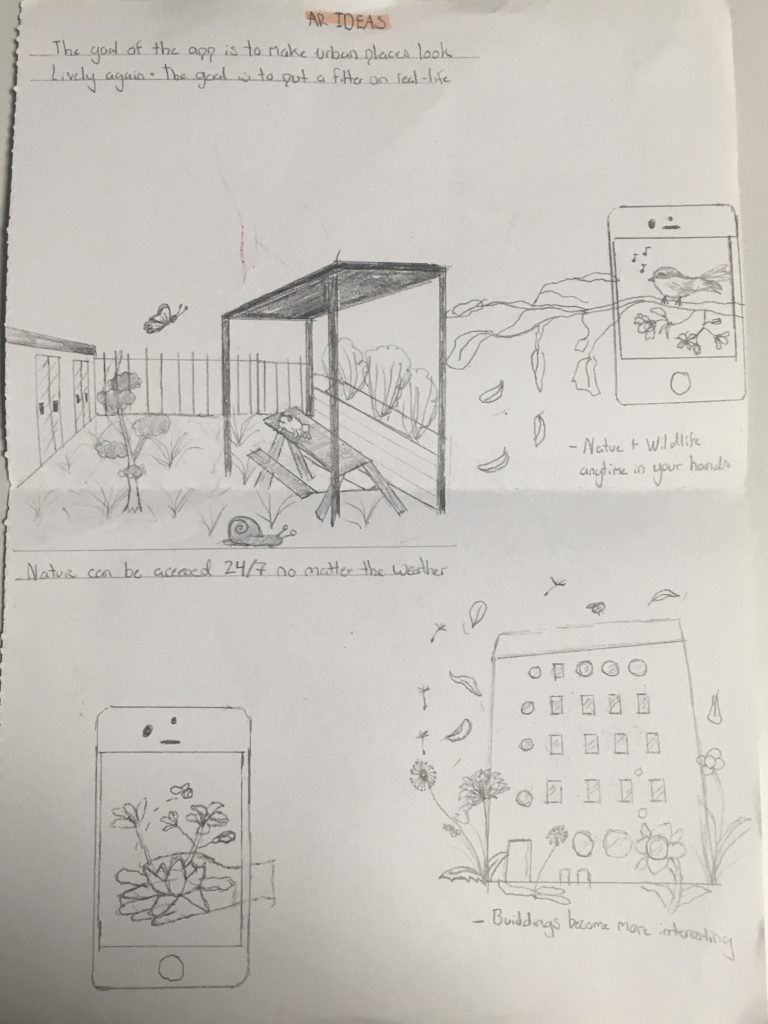
Image 10 – A series of mini sketches 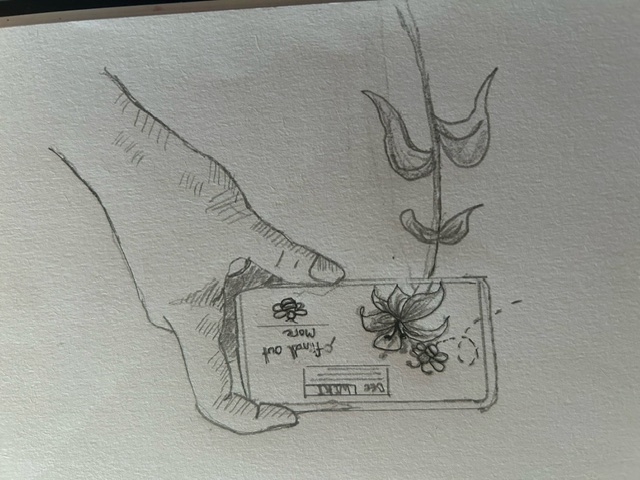
Image 11 – An AR of a person scanning a bee to access more information 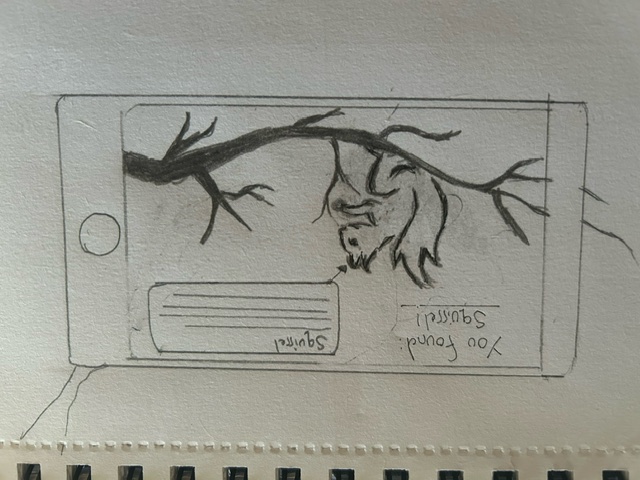
Image 12 – An AR of a squirrel and how I will present background information on the species.
I have created some basic concept sketch ideas. The first image shows a series of mini-sketches I did to explore what possibilities I can do with AR & nature. I have taken inspirations from various buildings/places on the university campus to make these small sketches. I wanted to show the positives on how my nature augmented reality theme will look on everyday life. I have depicted various wildlife & nature you can find locally, showing that you can use the AR anywhere and that it will be accessible. I have added different variations to my storyboard concept as I want my AR app design to be interactive and fun to look at with added assets of nature and to also educate the users if they wish to know more about their local species of wildlife. I wanted to convey the intended theme and user experience, I have sketched out what in the framework for AR what can be realistically achieved with the available technology I have. I also sketched out on the users actions when they access my AR and how the animations, assets & the information will capture their interest.
ProductPlan (n.d.). What is a User Story? | Definition and Overview | Agile Glossary. [online] www.productplan.com. Available at: https://www.productplan.com/glossary/user-story/ [Accessed Jun. 2024].
Anon, (n.d.). https://images.squarespace-cdn.com/content/v1/5e59eefe0e4624584d852c64/1634328883382-CNTKJA99T2N7HUR94WEA/trello-kanban-board-example-built-in-kanban-template.png.
Design Rush (n.d.). Available at: https://www.designrush.com/agency/ar-vr/trends/what-is-augmented-reality [Accessed Jun. 2024].
Hassan, M. (2023). Ethical Considerations – Types, Examples and Writing Guide. [online] Research Method. Available at: https://researchmethod.net/ethical-considerations/ [Accessed Jun. 2024].
